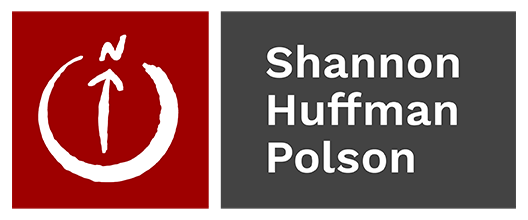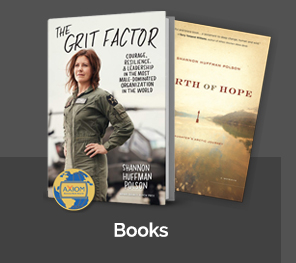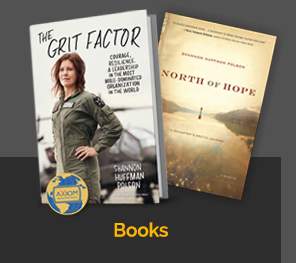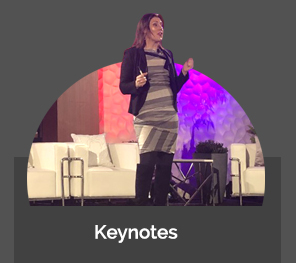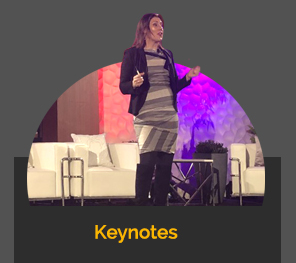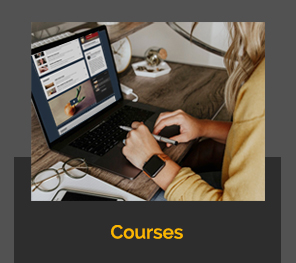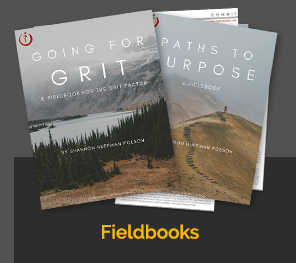- Building Courageous Leaders for a Better World
September 2022
September 2022
The data is in as we start the fall (see below), in the rhythms of school and work and life. The great resignation continues, and is growing. There’s so much to say about this. If you’re a manager or a leader, you’re worried. Turnover is extraordinarily disruptive and expensive. But you’re also committed to finding a solution. We’ll talk about this more over the next few newsletters.
So what is this about French villages? You have other things to worry about. Thinking through the challenges so many are facing now— and reminded that creativity is finding ways to put two different things together and learn something new— an idea.
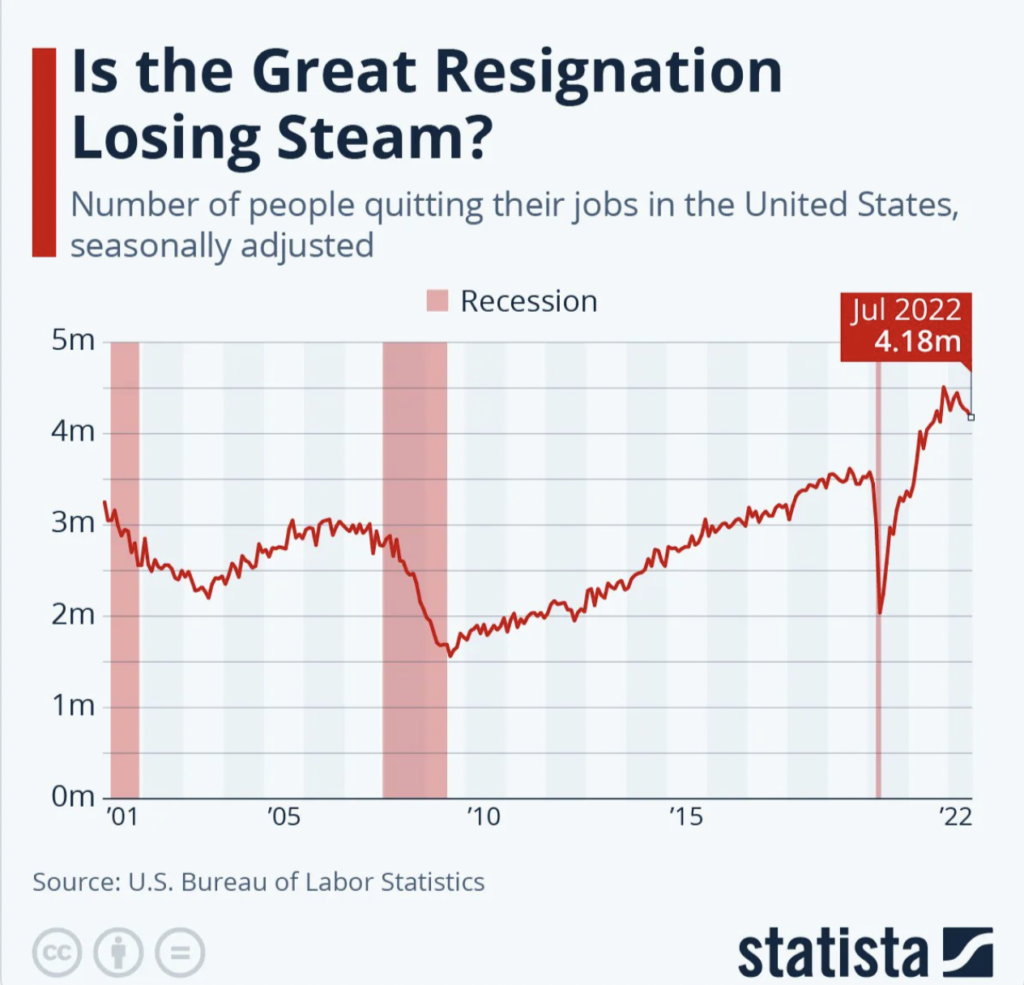
On the first Saturday in villages in France, local activities come together and table with old-fashioned signups for yoga, Qi Gong, art classes, and karate, cycling clubs and swimming clubs, tennis and ice skating. Some were for children, some for adults and some for both. These are the things that the community does, together. We were lucky to know of it, thanks to the couple who have been so incredibly helpful in our settling in. It was far from a grand affair, but my spirit soared higher with each meeting, each table opening up a door into a new place and new people.
Here was community. Here were groupings of people coming around common interests, planning their fall calendars doing things that they loved, together. A bit like a college activities fair, which I’ve never seen outside of university.
It’s quite a different feeling than a US city or town, where the opacity of what is available can create a dynamic of knowledge as power, of cliquishness, of exclusivity. It is charming to know how to find out the way to connect with something because you’ve been there for a while, because you’re an insider, but much less so when you arrive and don’t know anybody, or whom to ask. Here, it seems, activities are open and welcoming to all.
Of course, the dynamics of a new place are still not clear to me, and certainly there must be politics and secrecy here as there is everywhere, veiled especially in what is still an unfamiliar language. But it was the second event of the day that made me stop to reflect.
We ran into our friends at the activity fair, and they walked us through tables they thought might be of interest— by itself a tremendous assistance! And after, as seems to be so common in every interaction we’ve had, they asked if we wanted to go get a drink. I love this relaxed tendency to say- hey, let’s go sit and have a drink. Let’s go sit and catch up. There’s a lack of hurry in it, a willingness to prioritize relationships over a draconian schedule.
Mid-day, we went to their son’s cafe for a drink and connected over where they had been, places they recommended going, goings on in the city, and a particularly funny connection about where to find the local mushrooms in the forest, which as anyone connected to mountain communities knows, is always a deep secret.
Two things stood out for me:
the planned opening of activities to all people and regular connection to a community and
a physical place where people can and regularly do go to relax and connect.
Loneliness is an epidemic in the United States at least, fueled by the last few years of relative isolation— and the studies are clear that relationships at work are key components for purpose and engagement (read: thriving). Our Saturday experience in Villard de Lans made me thing about two things about both community and organizations alike:
Recognize the opportunity (and create opportunities) to connect over a shared experience, interest, or challenge. This not only allows people to go deeper into a topic or activity, but also deeper in their relationships. Studies are clear that relationships at work are a key factor in both satisfaction and engagement — what Microsoft (and I) am now calling “thriving.” Facilitating these with a structured and well communicated plan to connect and join sets the foundation for engagement and developing better relationships. (Consider Paths 2 Purpose as a community-building/skills-building/thrive-creation activity for your community! Reach out if you’d like to discuss.)
It’s important for people to connect in person, without a structured agenda (though there is nothing wrong with a few playful prompts). With hybrid work, this is both a challenge and an opportunity. Be thoughtful about ways you arrange for physical space, and time to connect, when your team IS together. Why not recreate a simple European street cafe? You could— carefully- gamify this a bit as well. Before your final meeting in person, have a funny award for the best example of something someone learned about a stranger at your company cafe!
For actual communities, well— consider designing space meant to bring people together. As always, there is never a need to reinvent the wheel— what about an open space with covered tables easy to stumble across as you walk down the street?
How do you create community in your companies and organizations, communities and towns? I’d love to hear with a voicemail, or a reply to the email…and thank you for your continued relationship and dialogue into what is most important.
All my best,
Shannon
